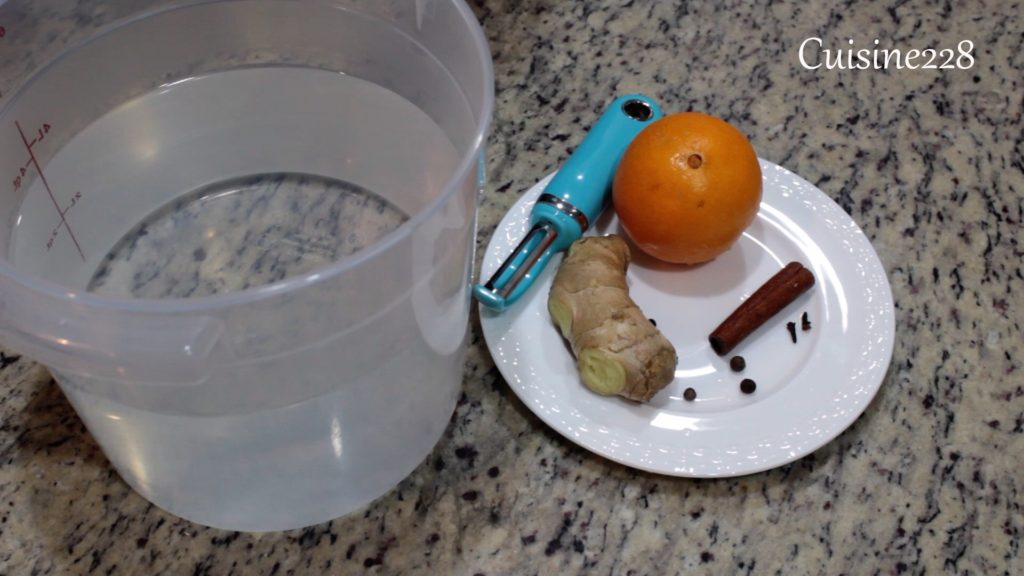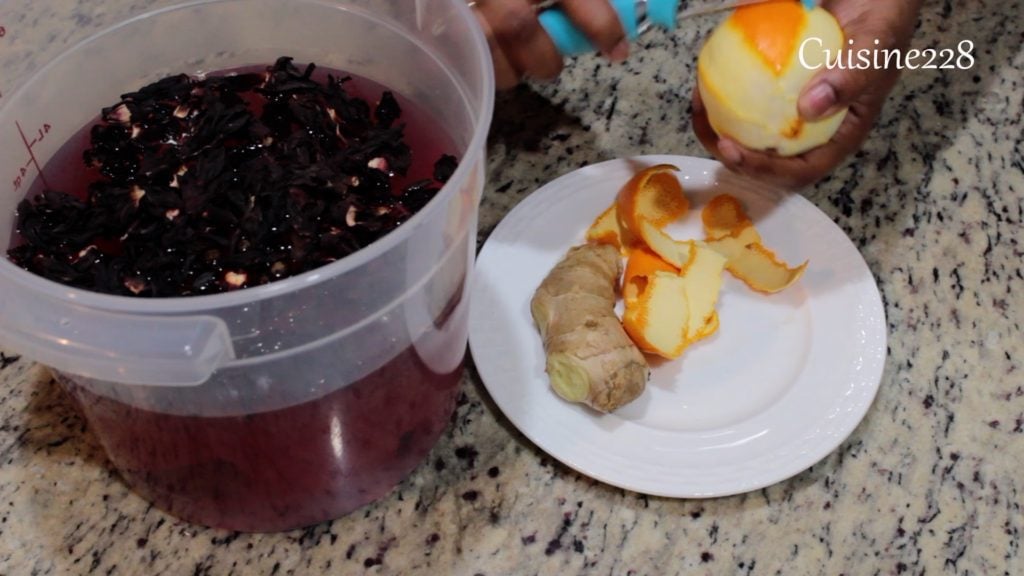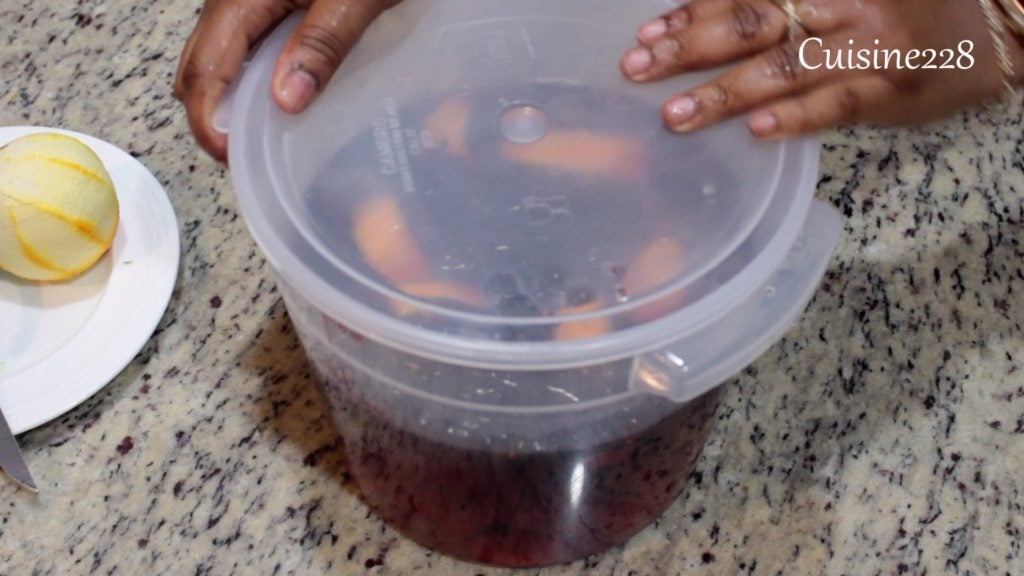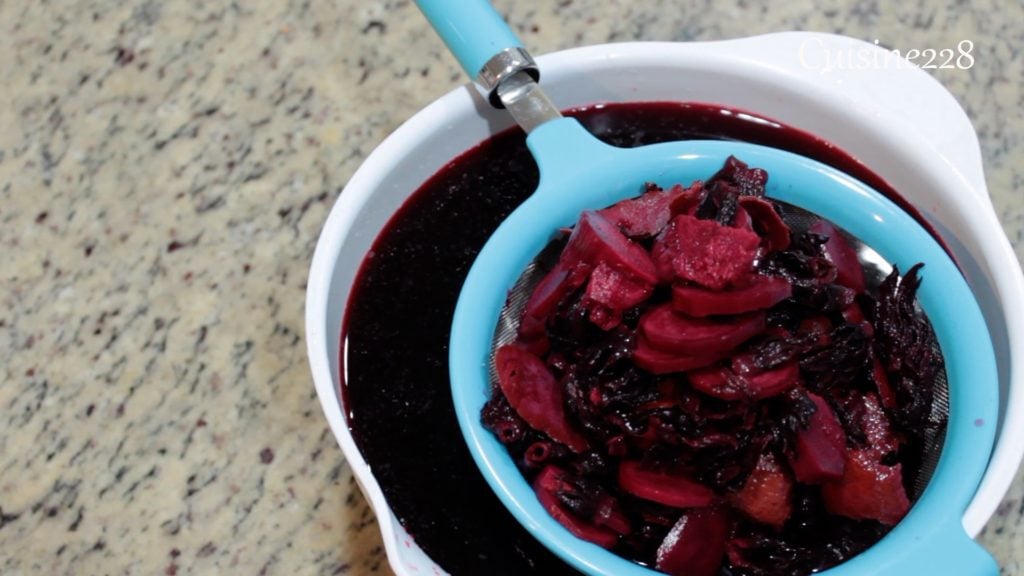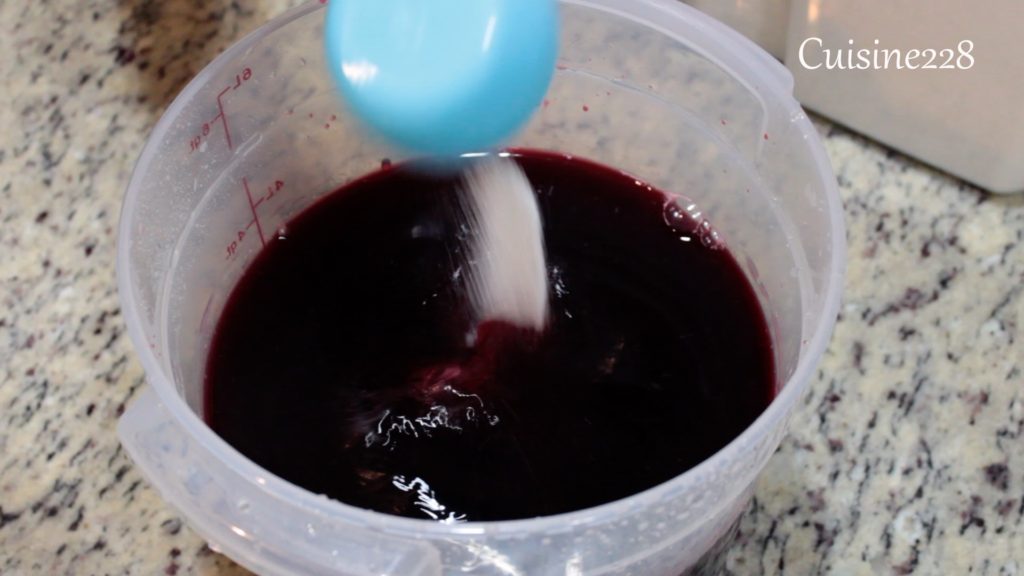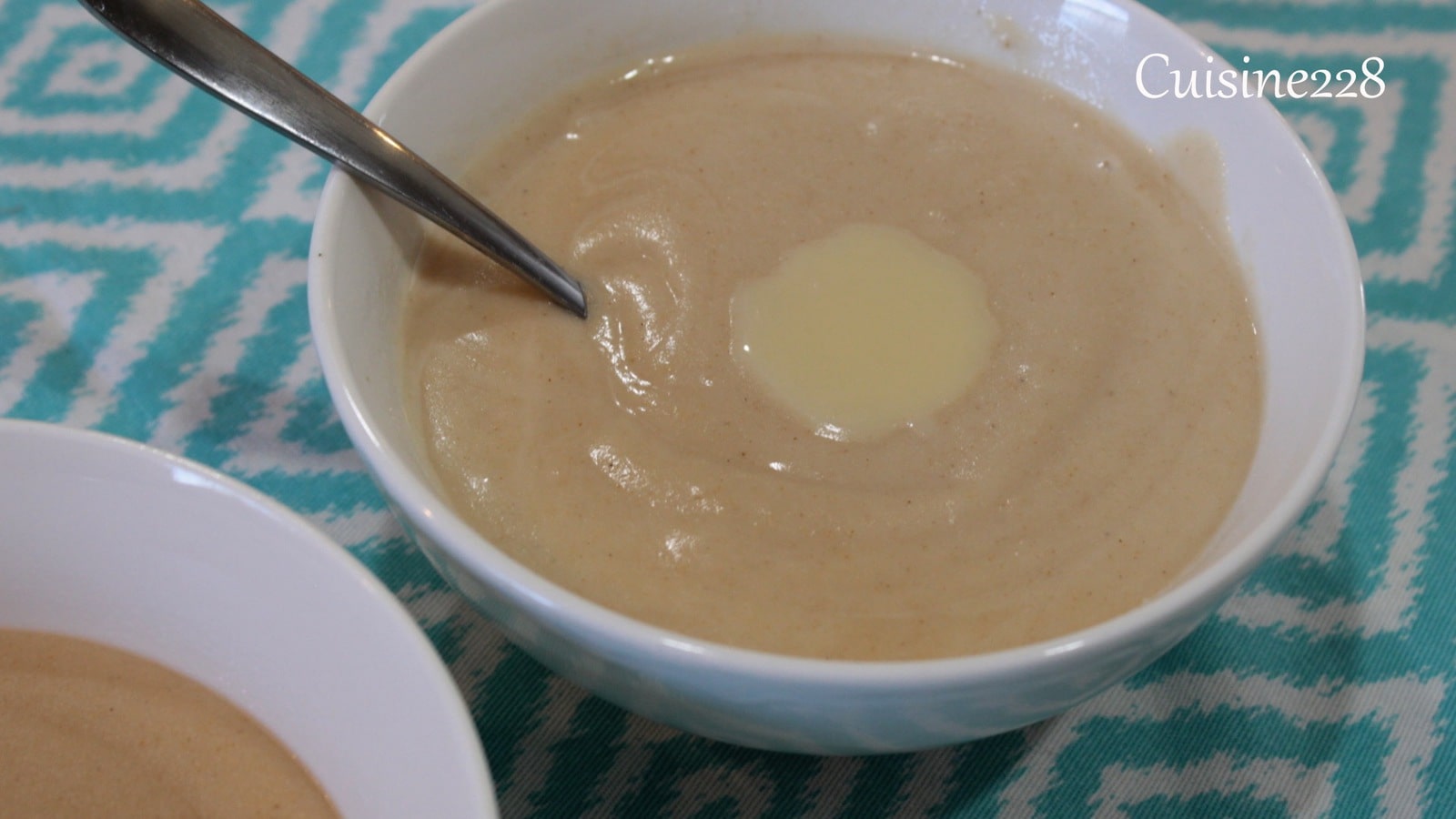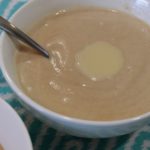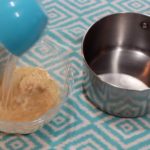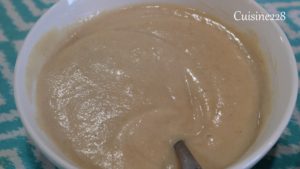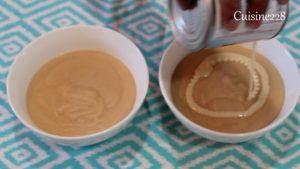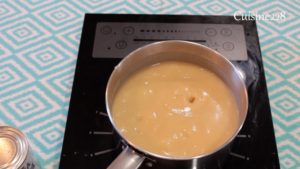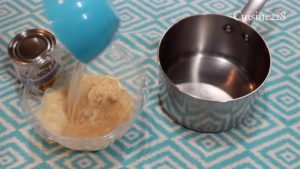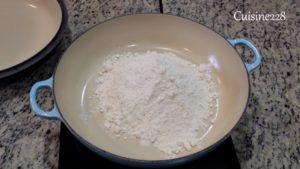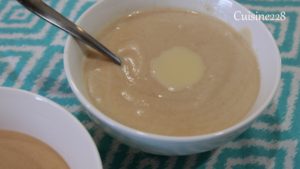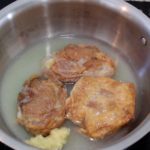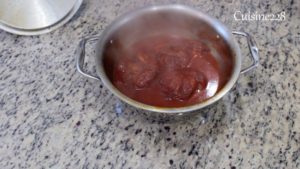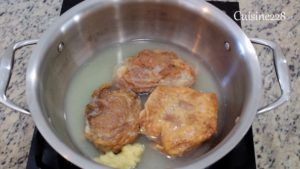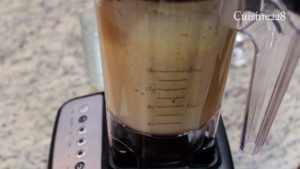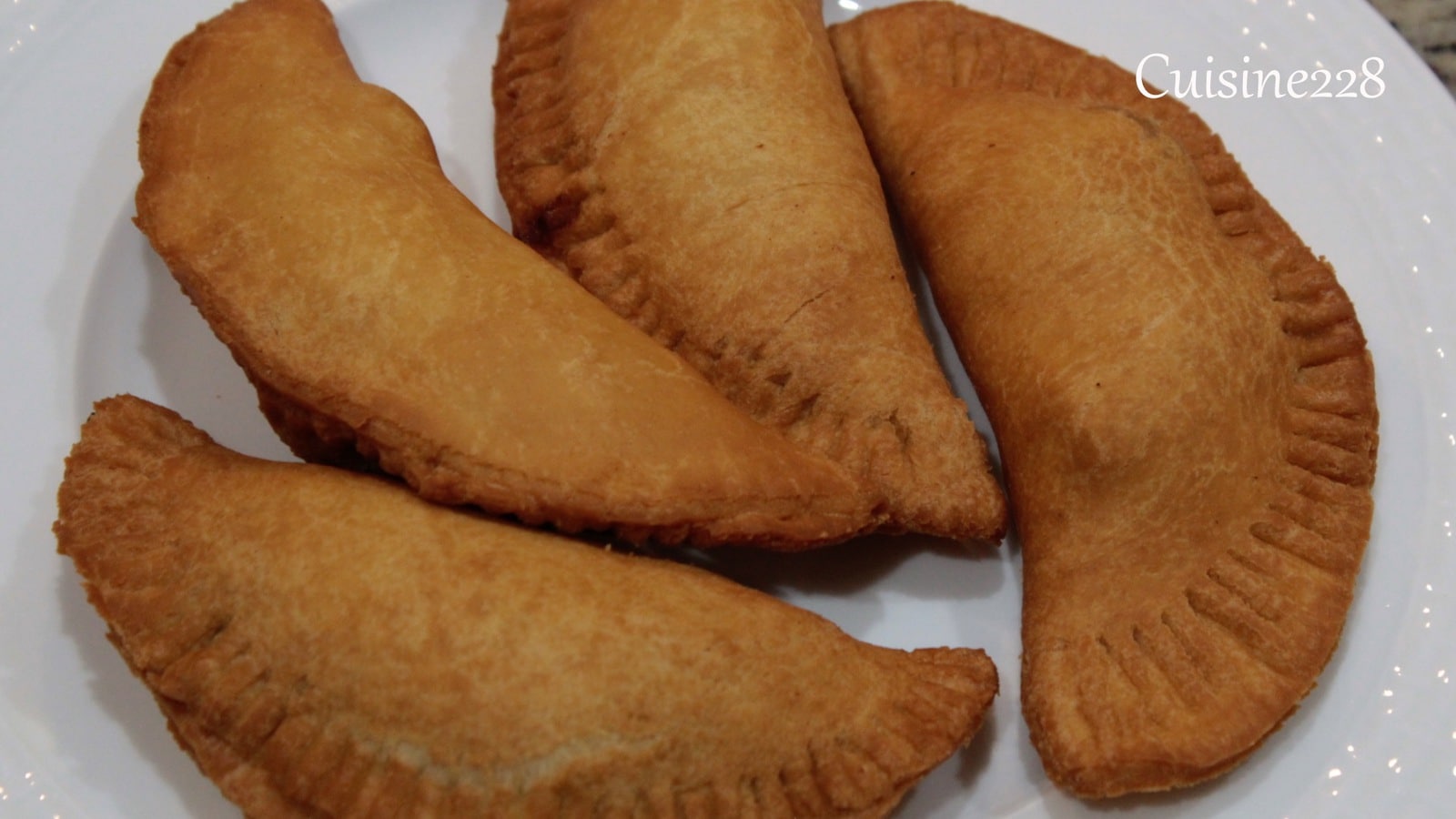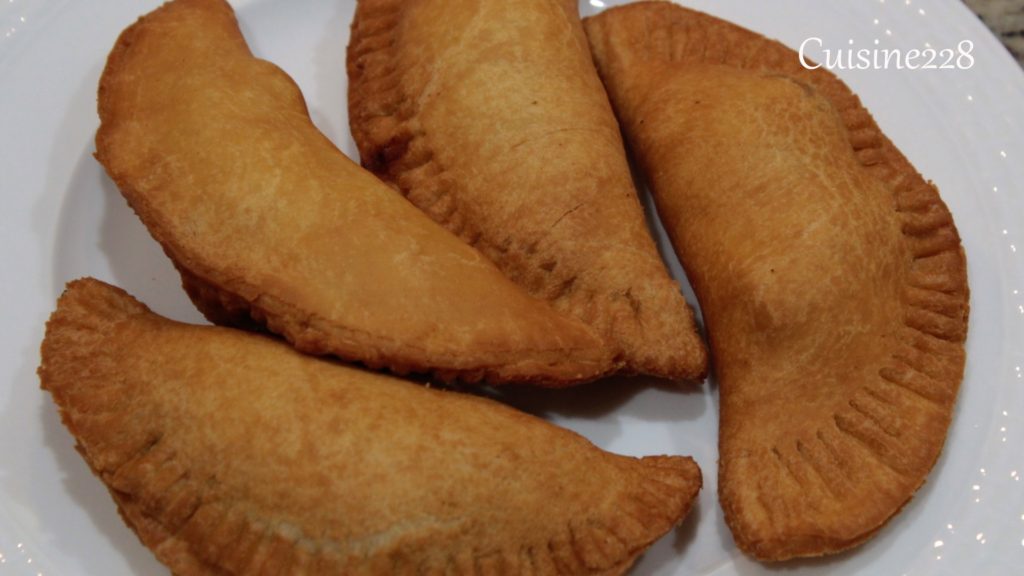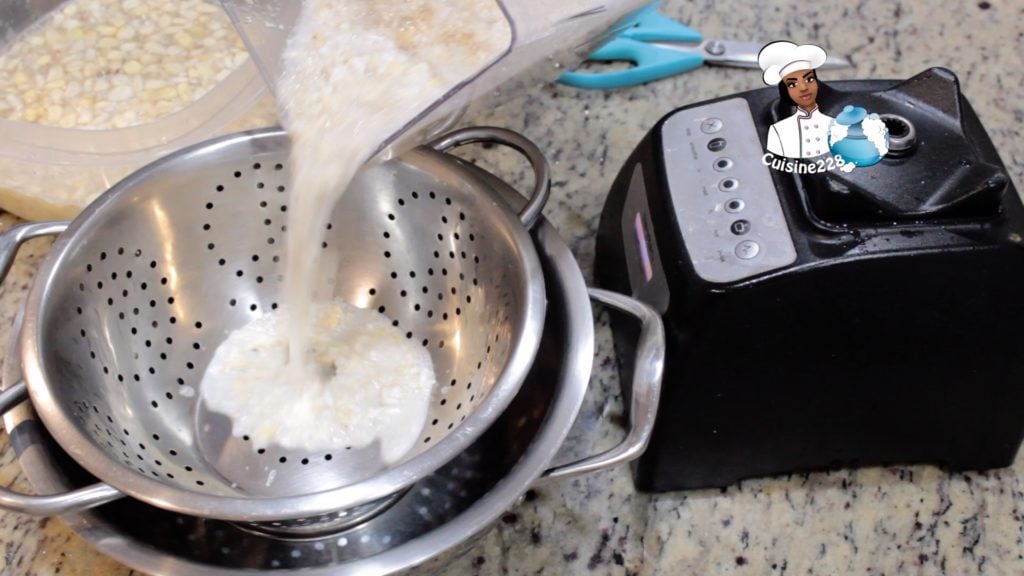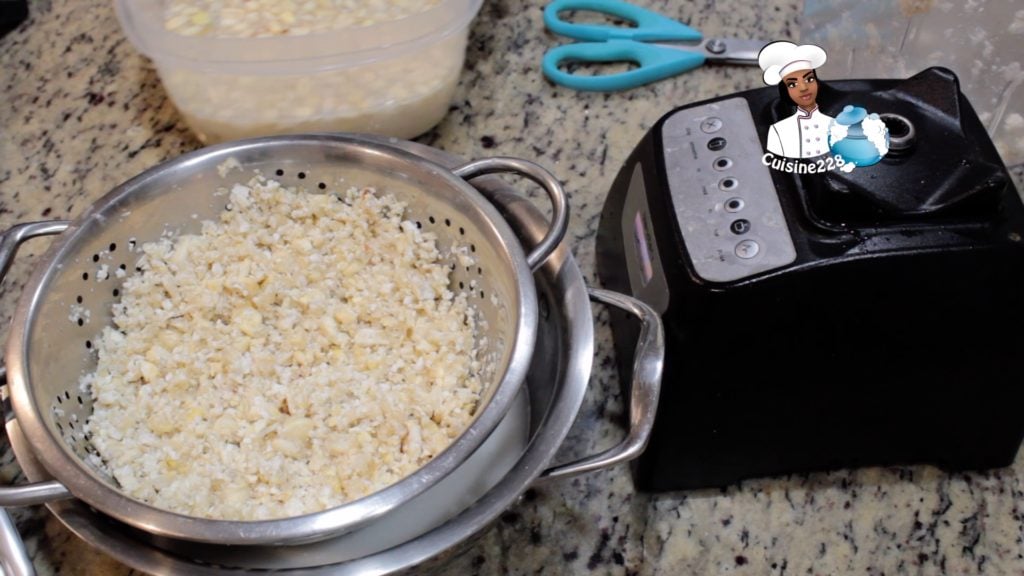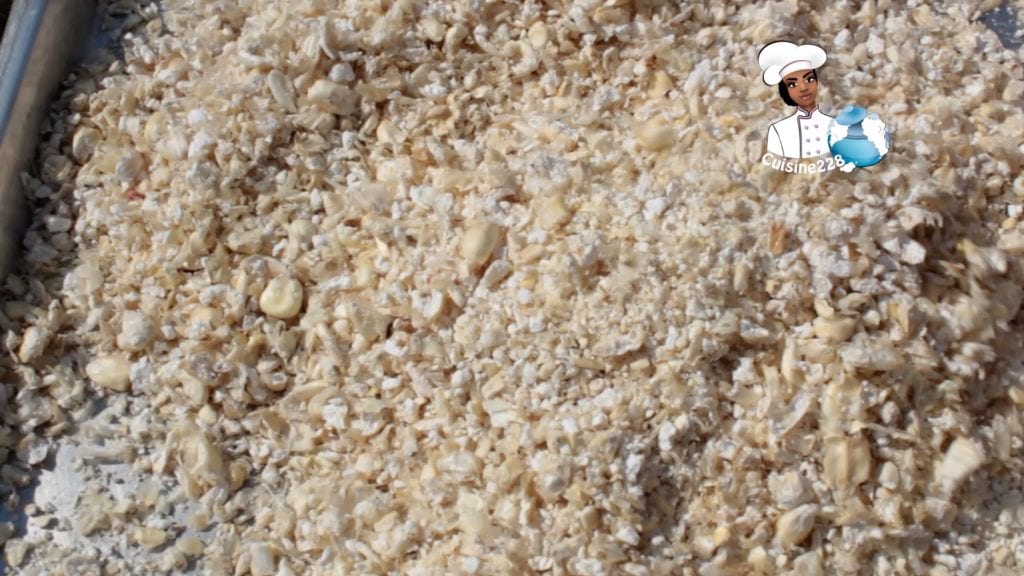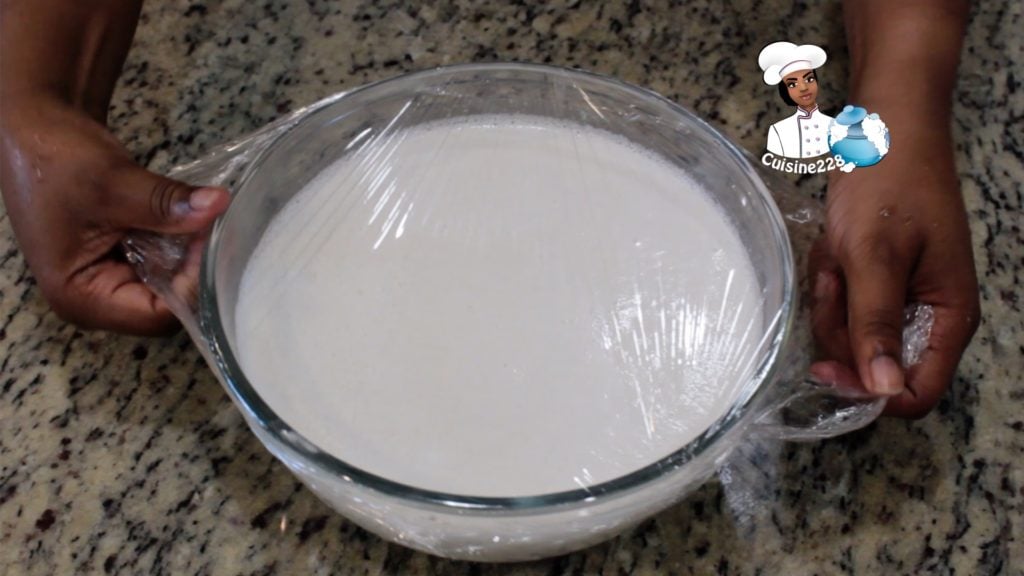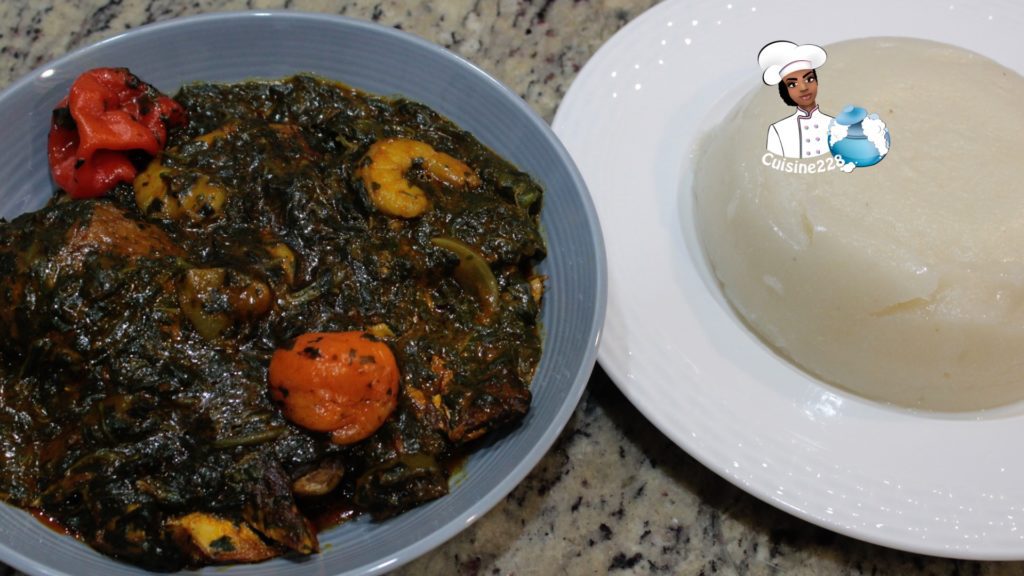
Sorrel (Bissap) drink
Sorrel (Hibiscus sabdariffa) Sorrel has one of the highest levels of antioxidants of any widely available food. According to some studies, antioxidants enhance nitic oxide production in the body which reduces blood sugar, reduce cancer and oxidized lipids. Sorrel also exhibit activities against atherosclerosis, liver disease, cancer, diabetes and other metabolic syndromes. Sorrel harvested fresh to produce pro-health drink due to high contents of vitamin C and anthocyanins. French (Oseille de Guinée, Hibiscus sabdariffa, Bissap, carcade ou Roselle) English (Sorrel and Rosella) Sorrel is a species of Hibiscus probably native to West Africa. In Trinidad and Tobago, Guyana, Antigua, Barbados, St. Lucia, Dominica, Grenada, and Jamaica sorrel drink is made from sepals of the roselle infused with cinnamon, cloves, bay leaves, ginger and rum or wine. In Nigeria, Mali, Senegal, The Gambia, Burkina Faso and Benin calyces are infused with mint leaves, dissolved menthol candy, and/or fruit flavors (pineapple). It often sold as popsicle. The Middle Eastern and Sudanese “Karkade” is a cold drink made by soaking the dried Karkade calyces in cold water overnight in a refrigerator with sugar and some lemon or lime juice added.
Sorrel (Bissap) drink

- 2 cups dried red sorrel
- 1 cinnamon stick
- ¼ cup chopped ginger
- 5 whole cloves
- 5 whole allspice
- 1 orange zest
- Sugar to taste
- Rum (optional)
- Bring all 4~10 cups water to a boil in saucepan.
- Add all the other ingredients except the sugar.
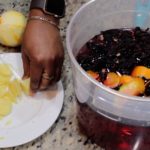
- Set aside overnight .

- When ready to serve sieve ingredients, with fine sieve and discard all particles. Reserve drink
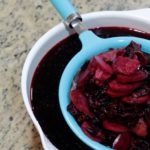
- Add the sugar as needed, together with rum according to preference.

- Serve with ice or make suck suck out of it.

